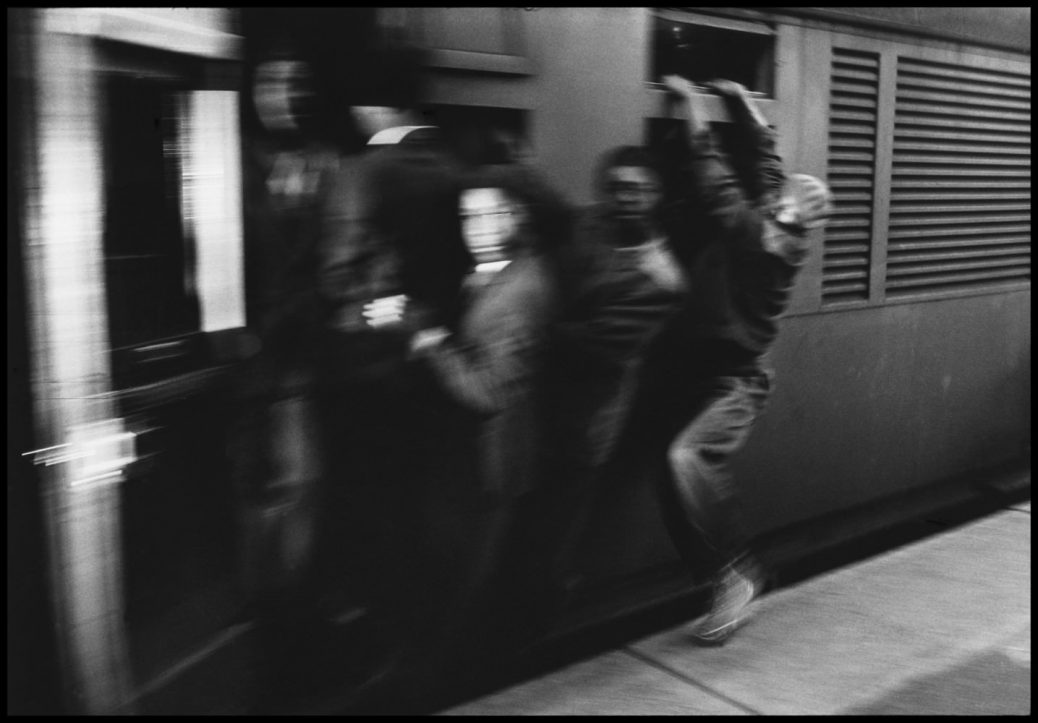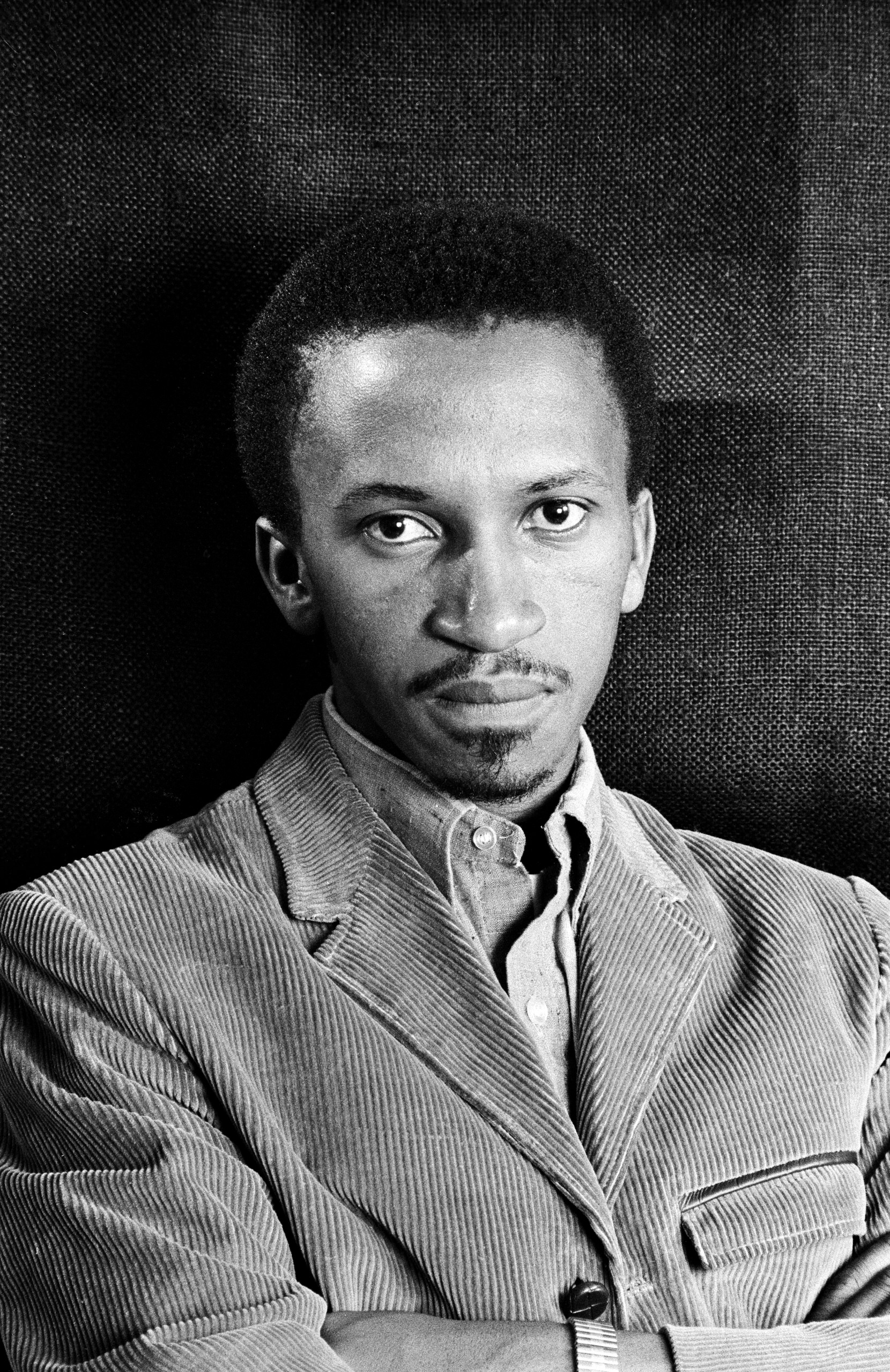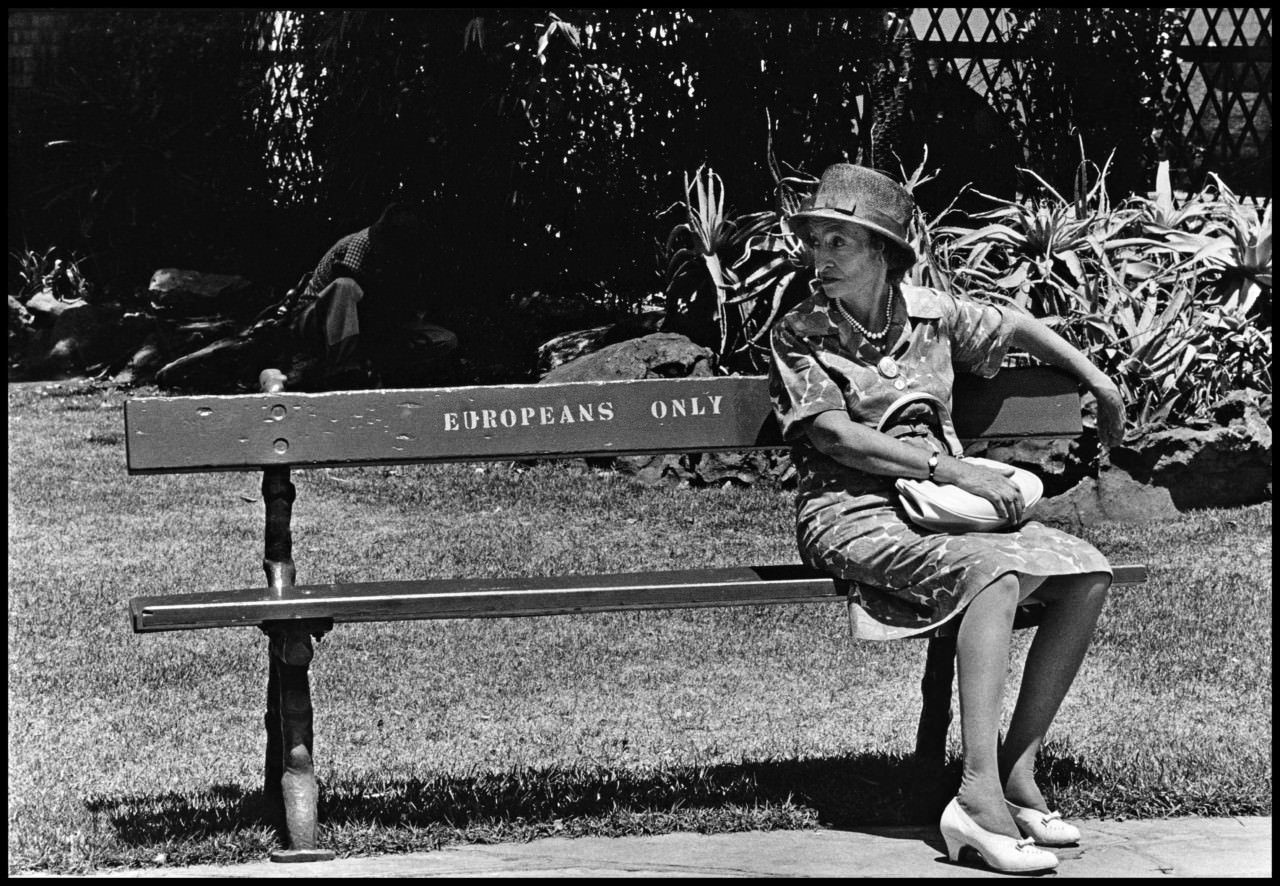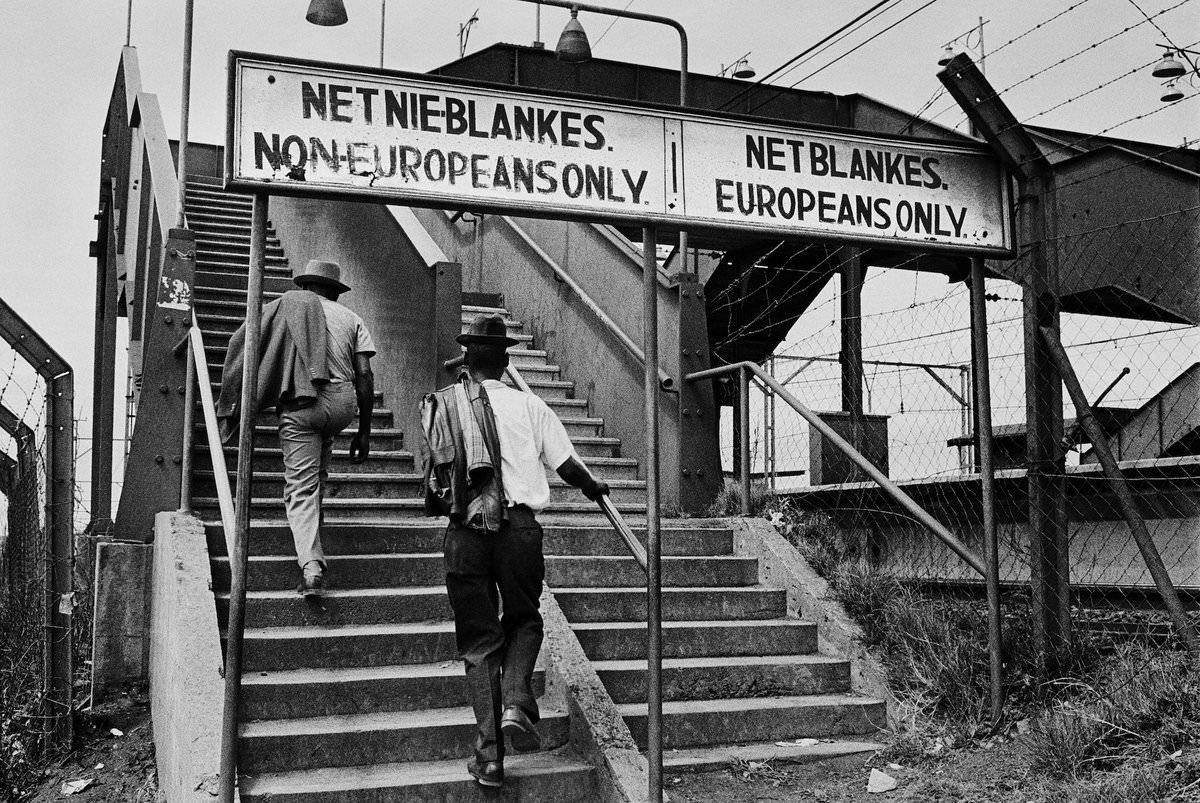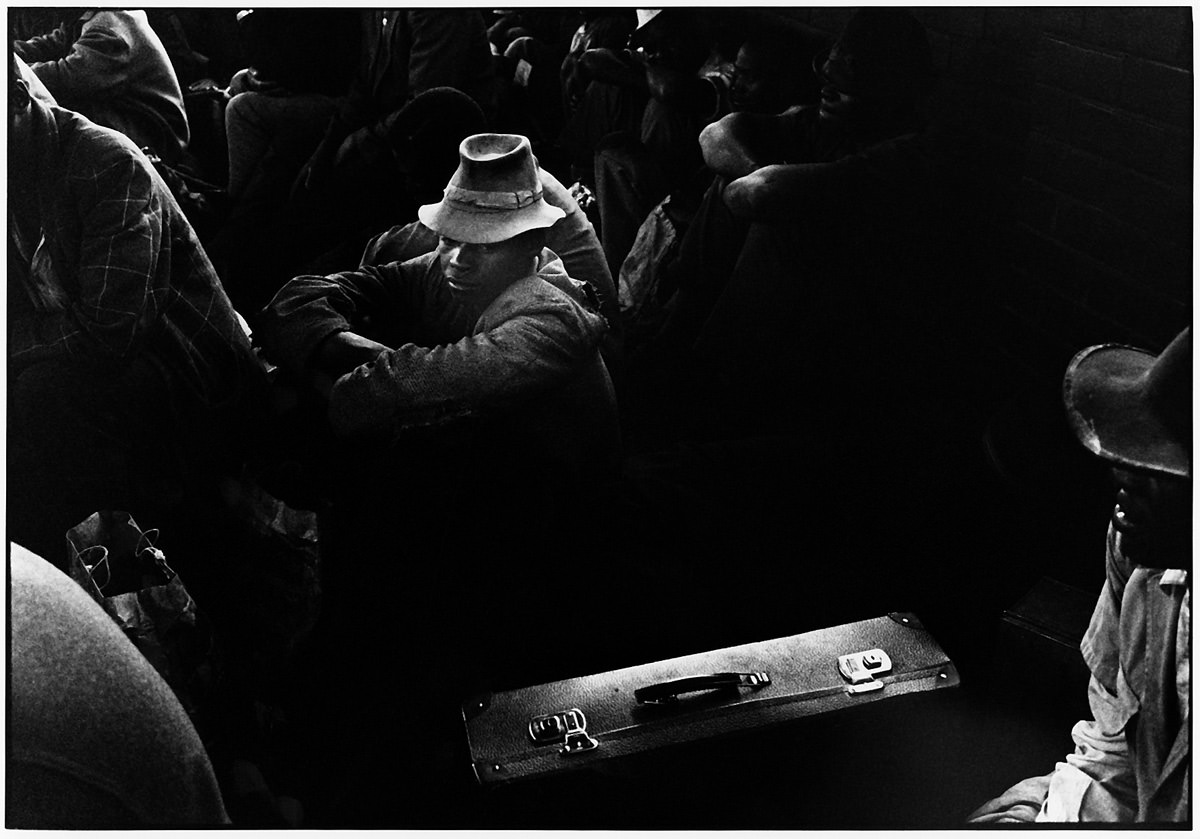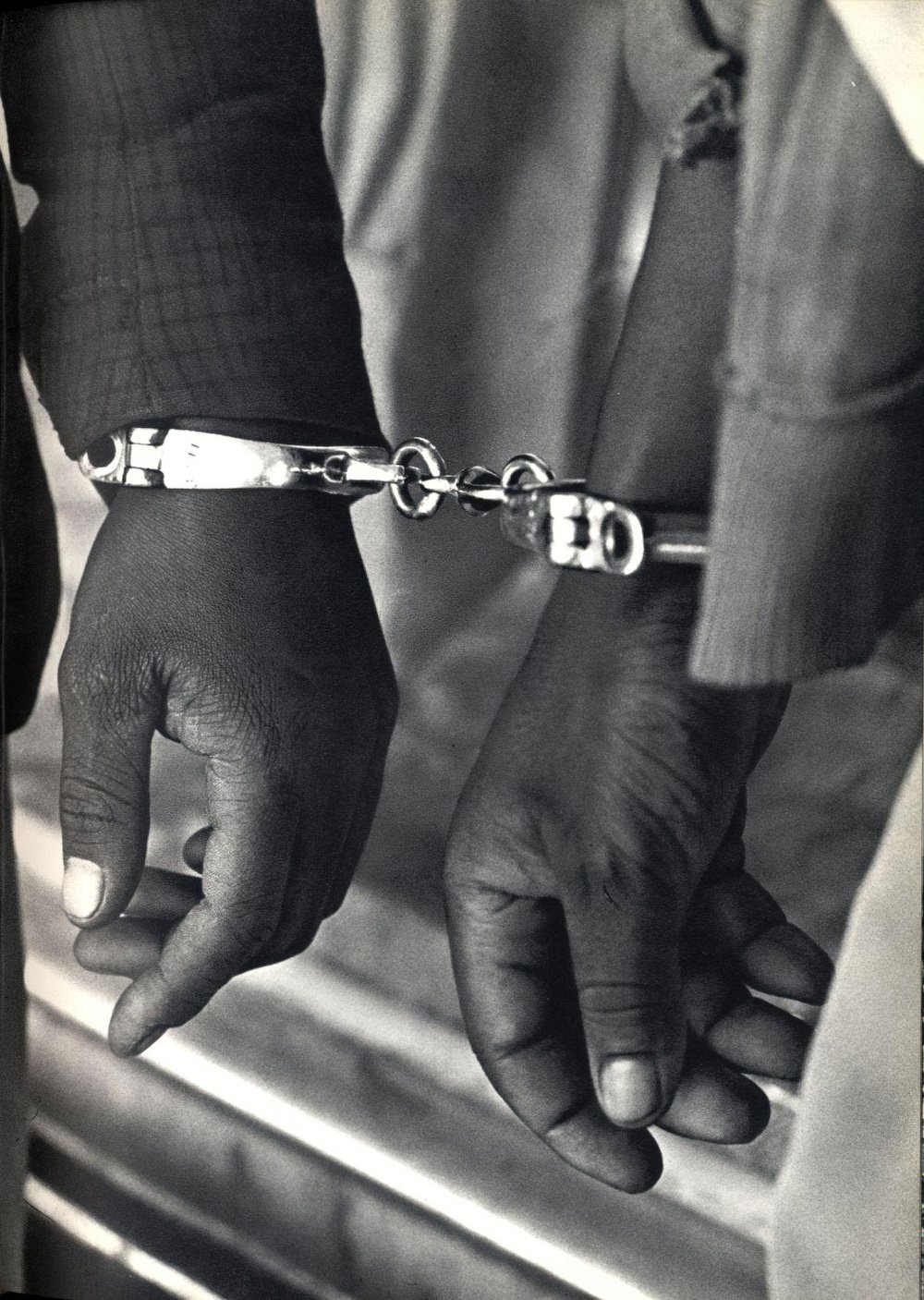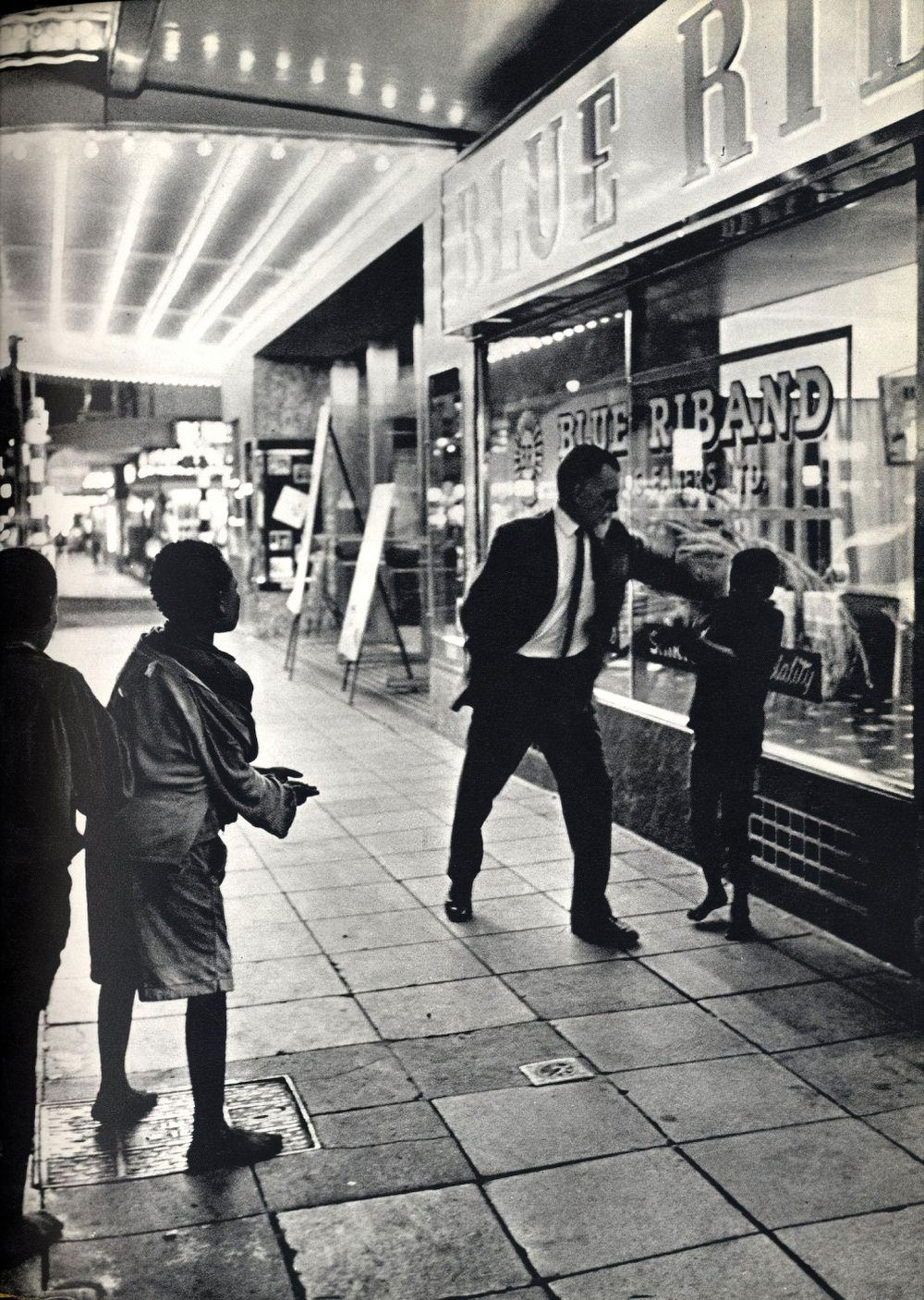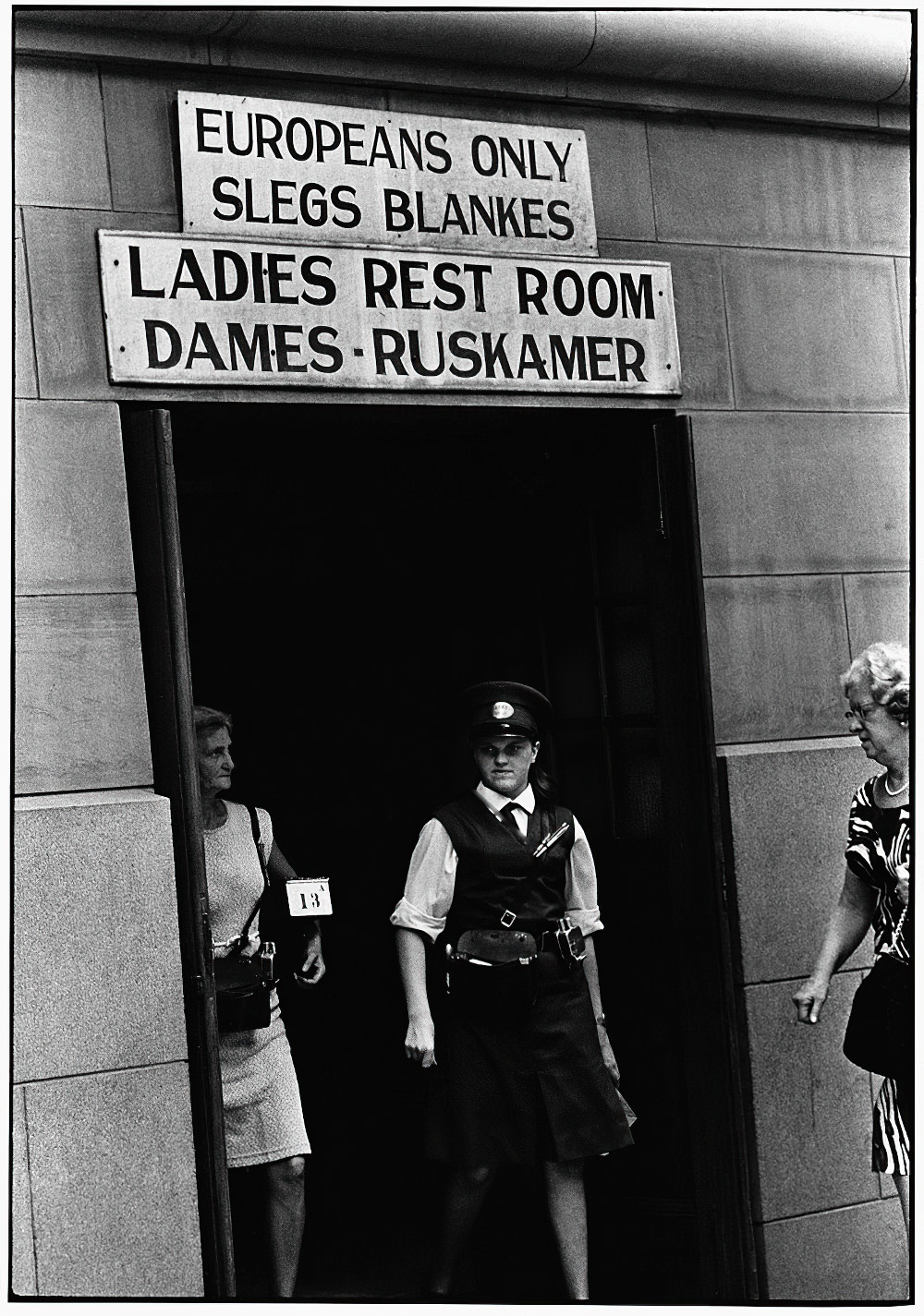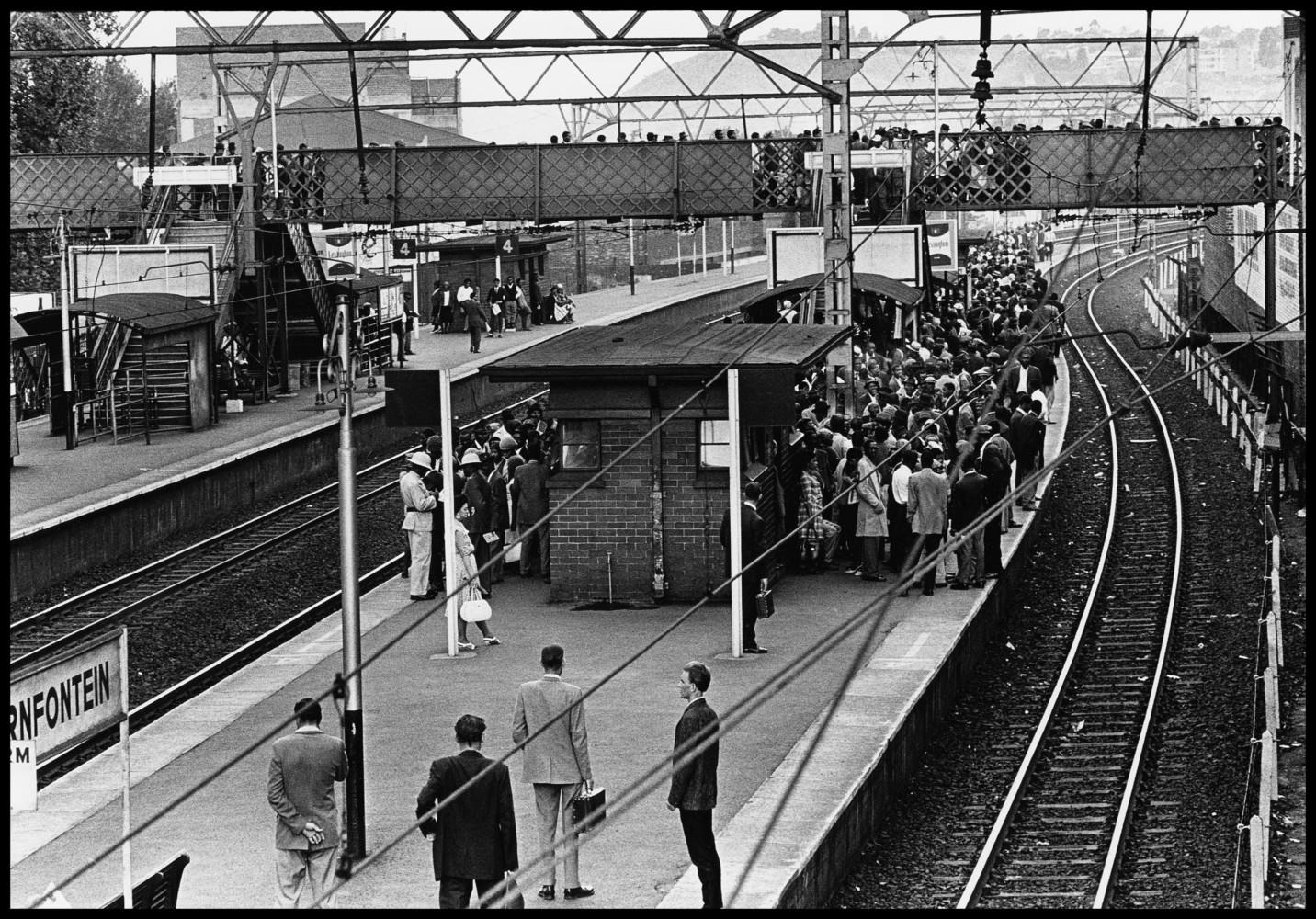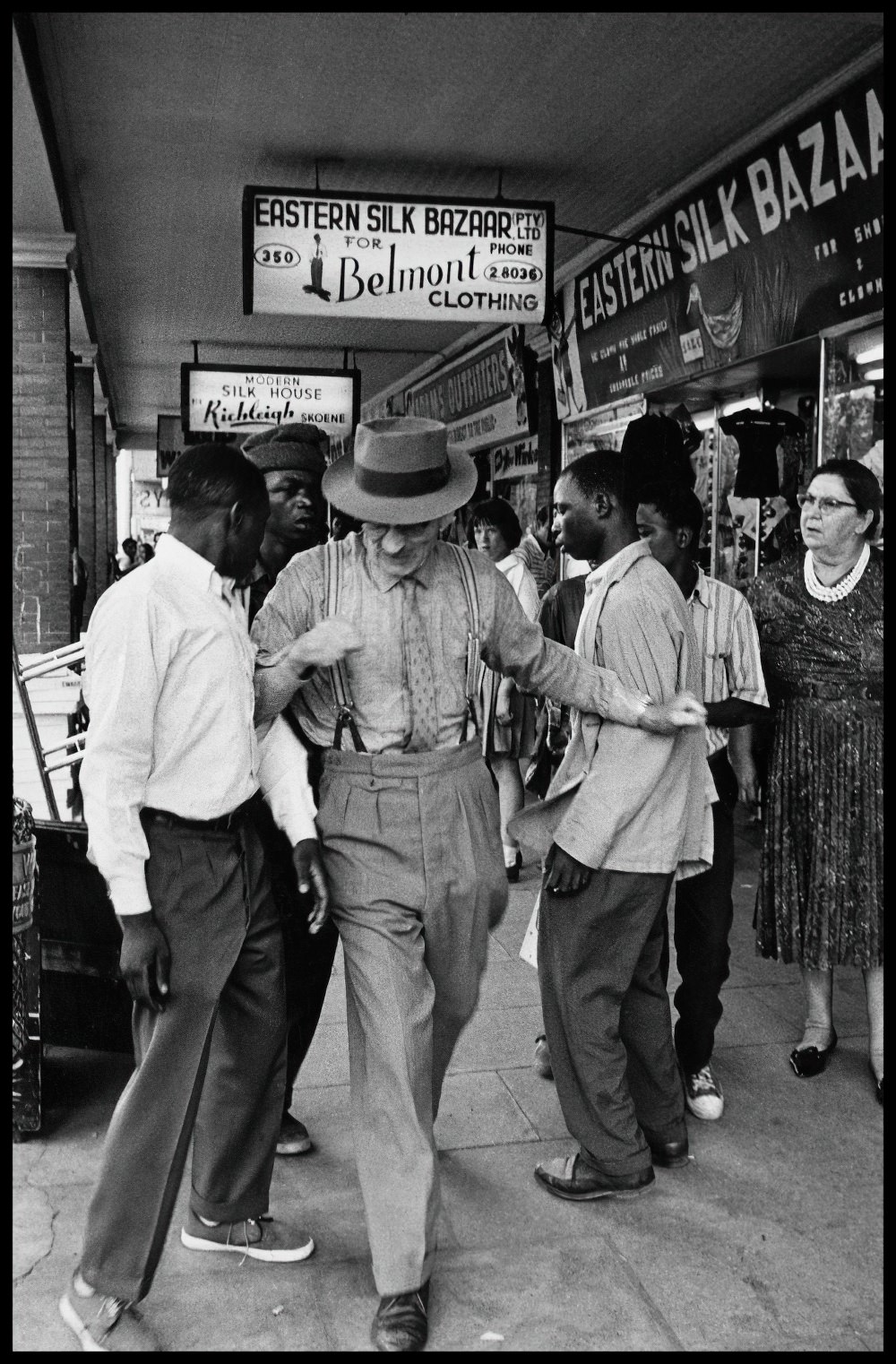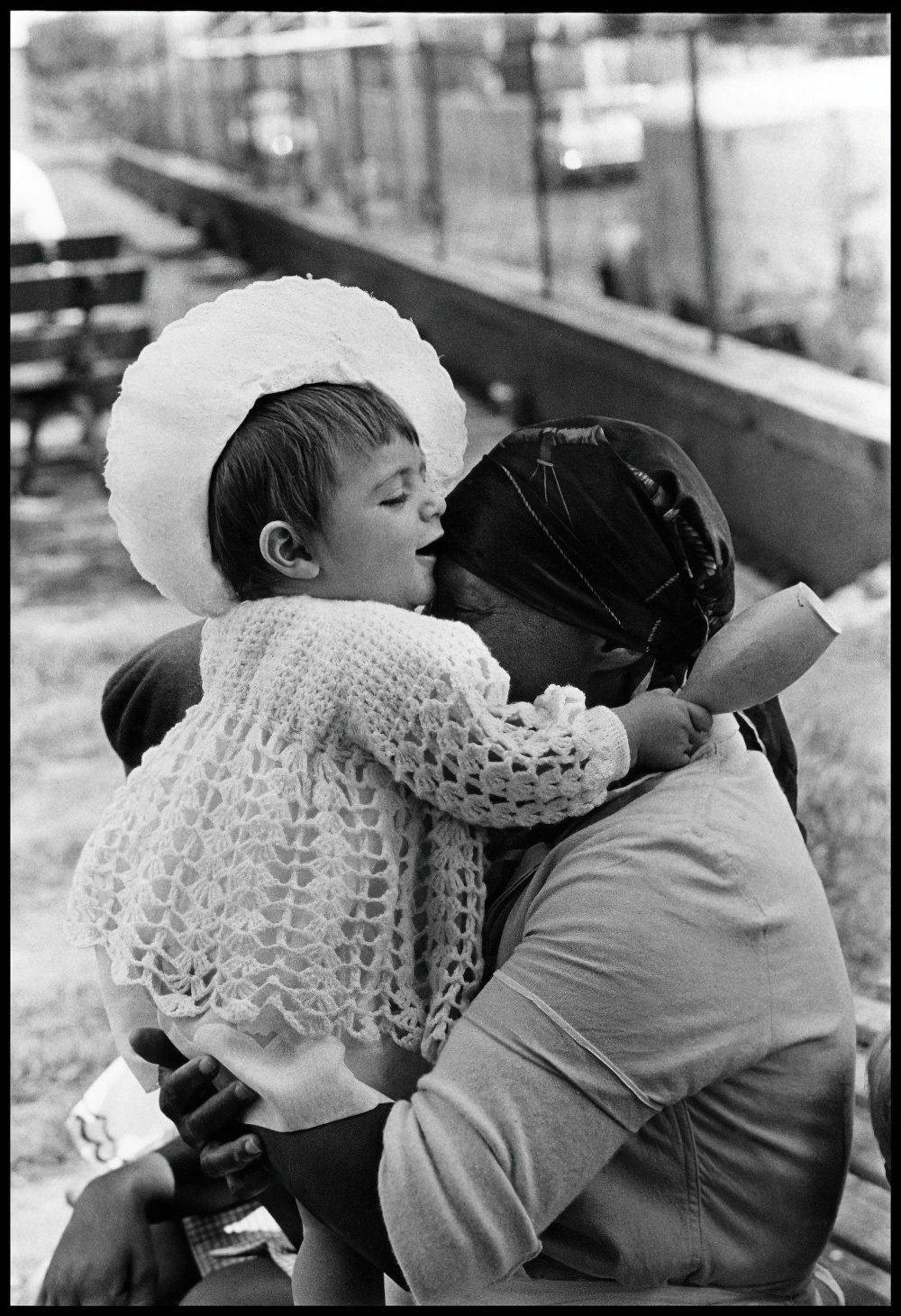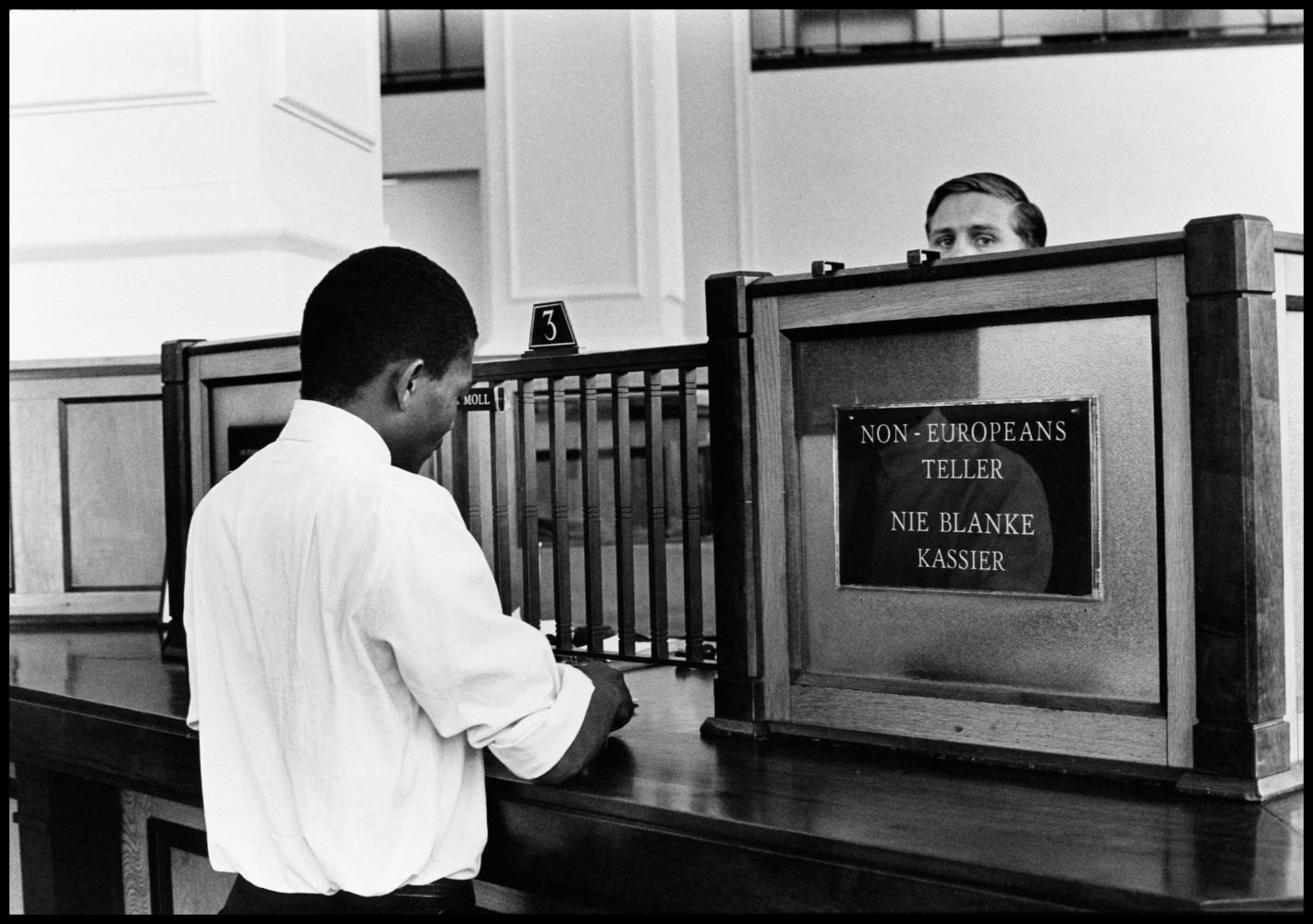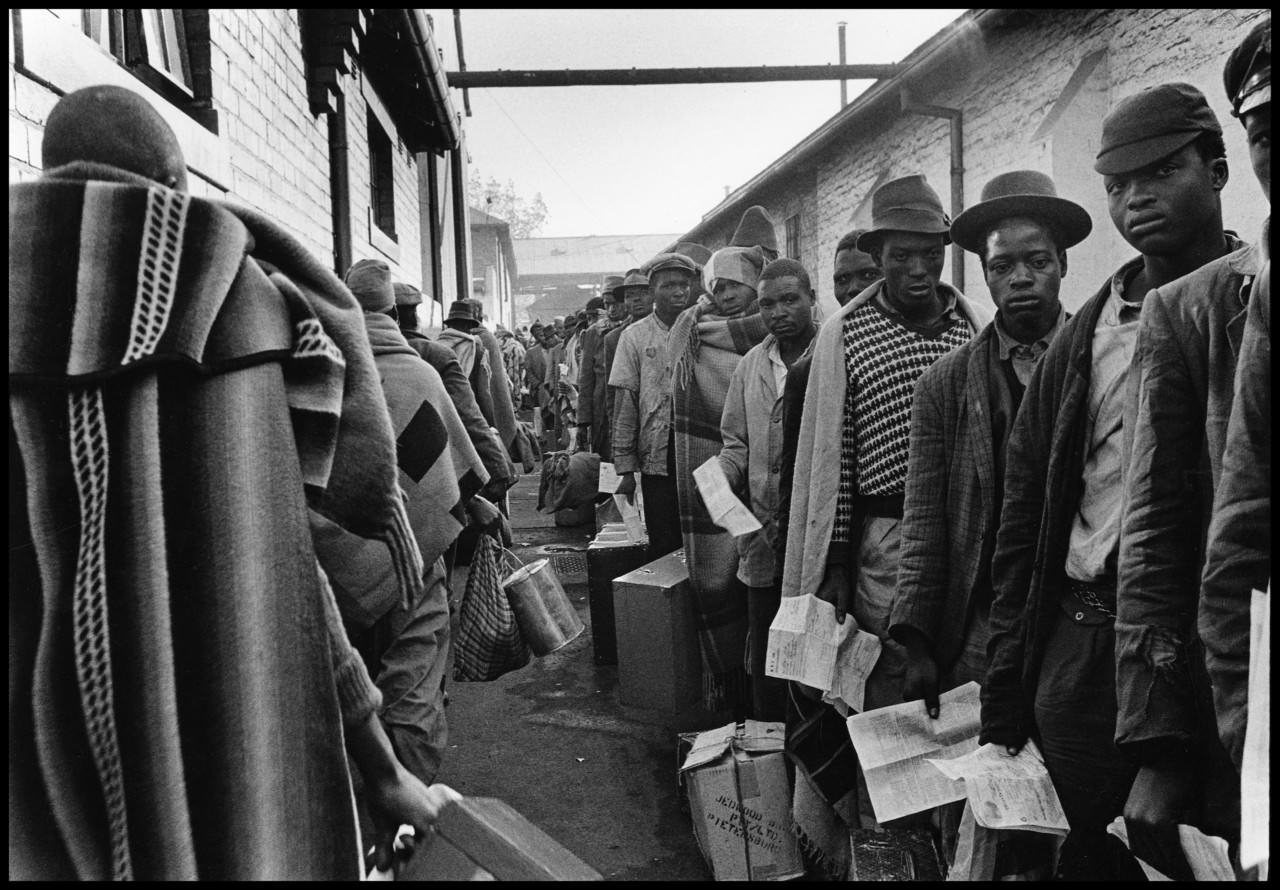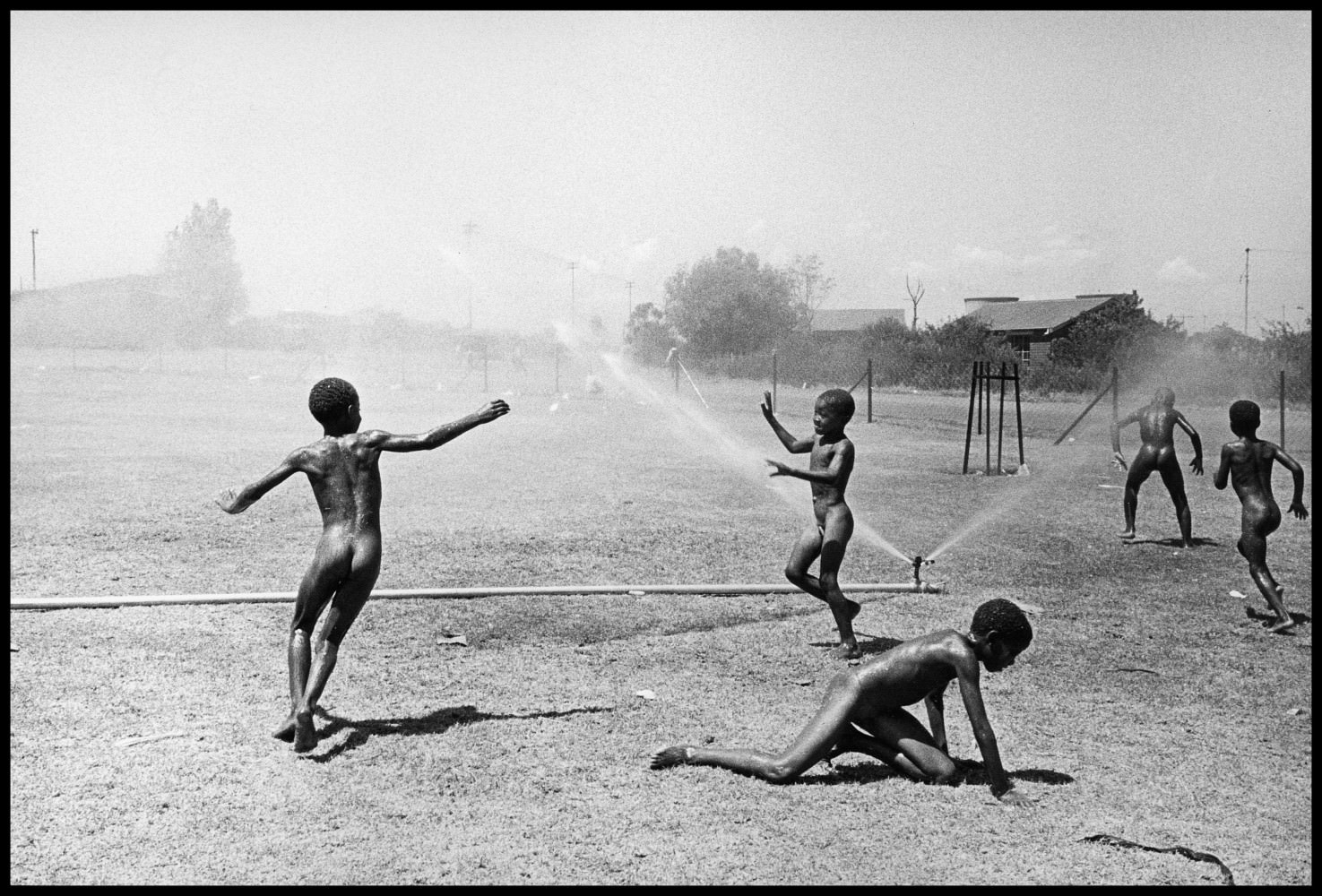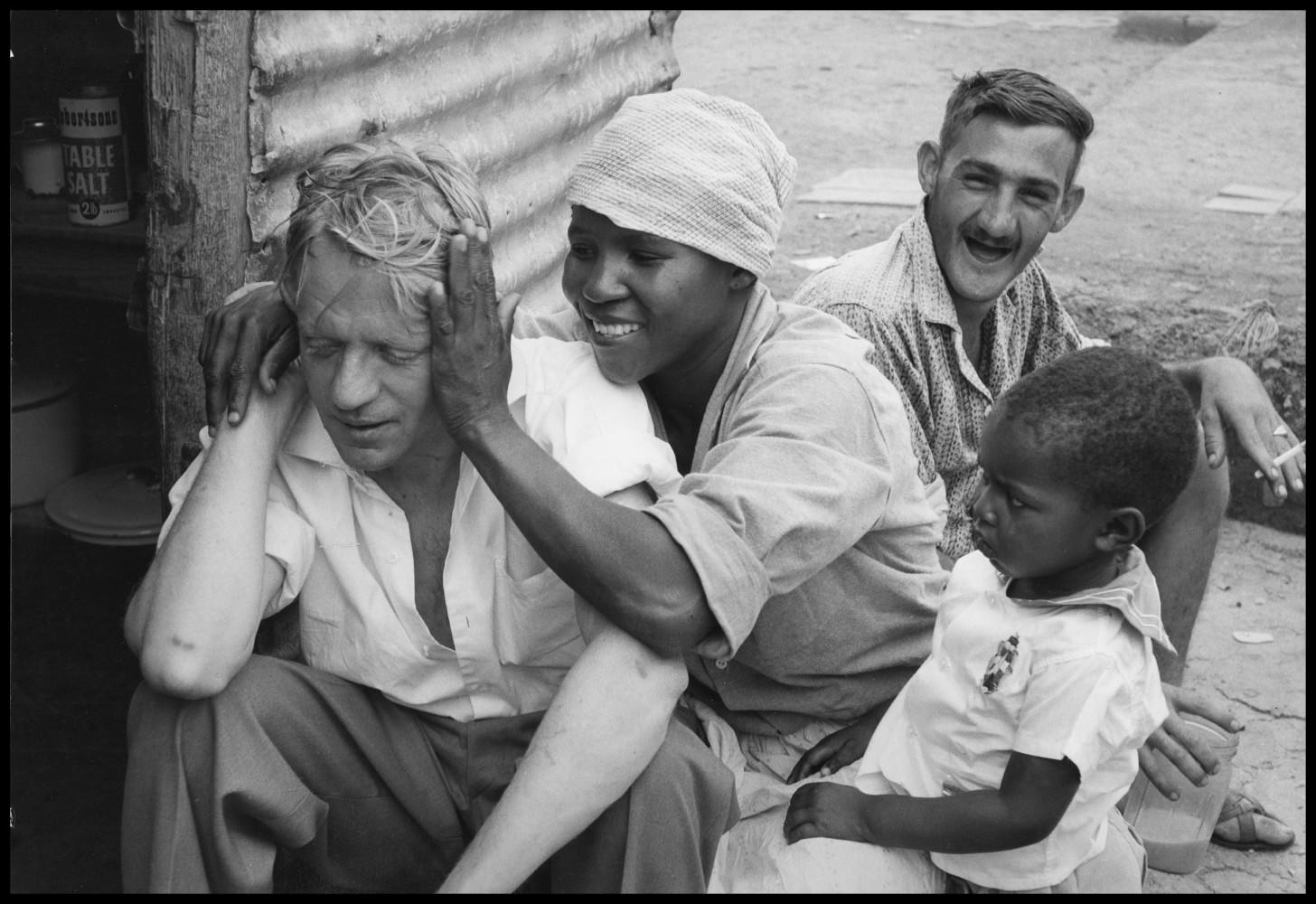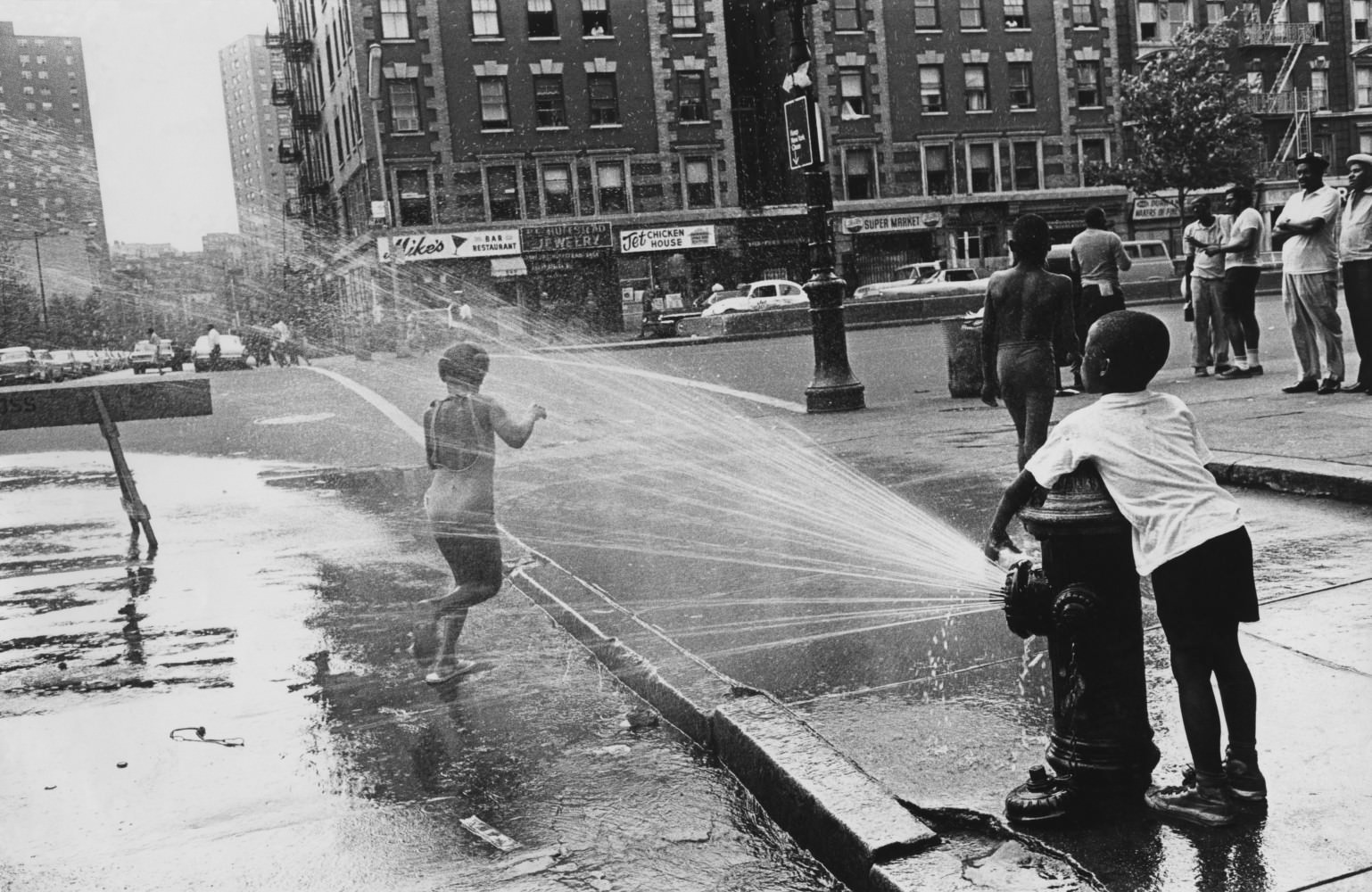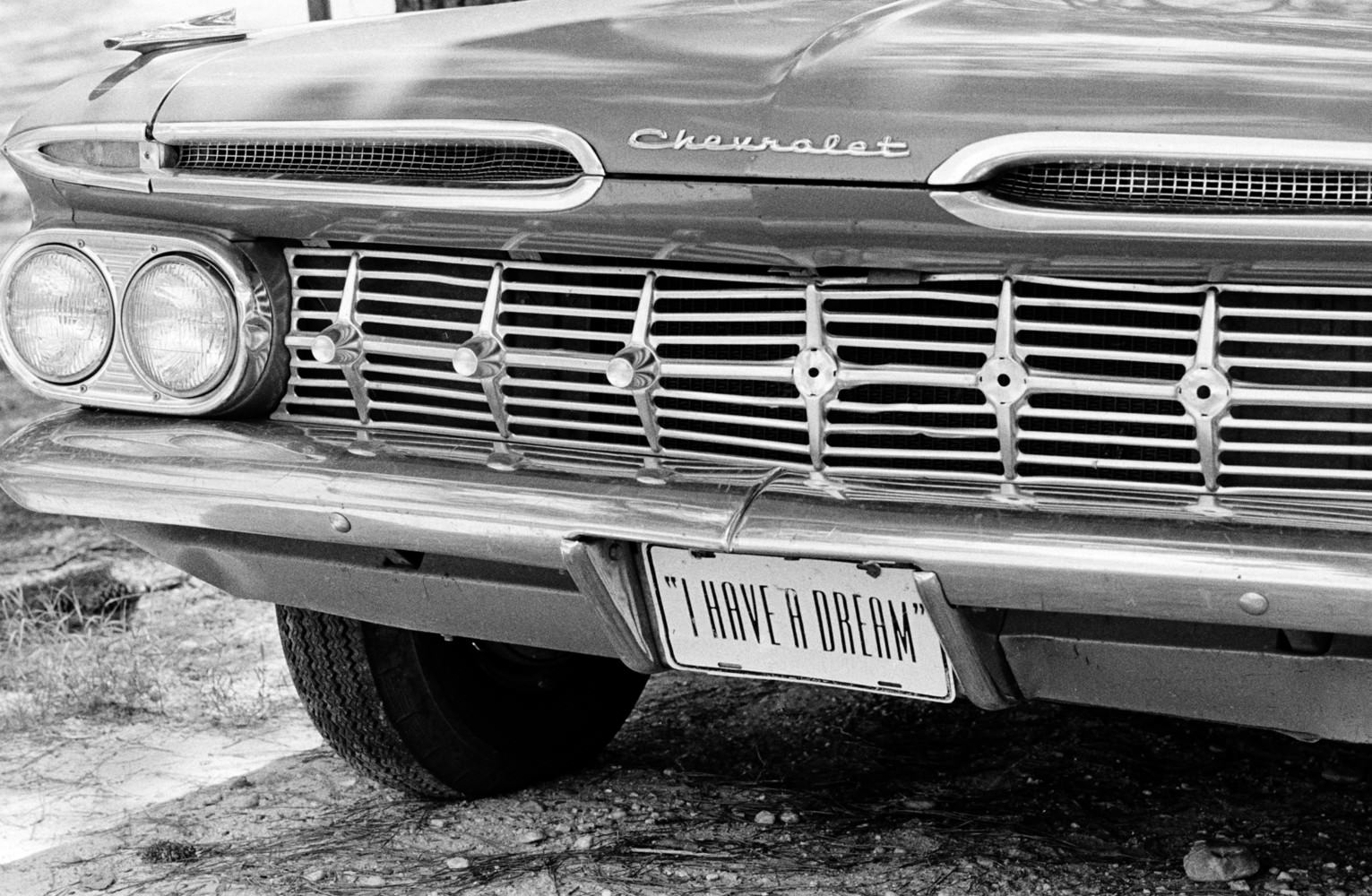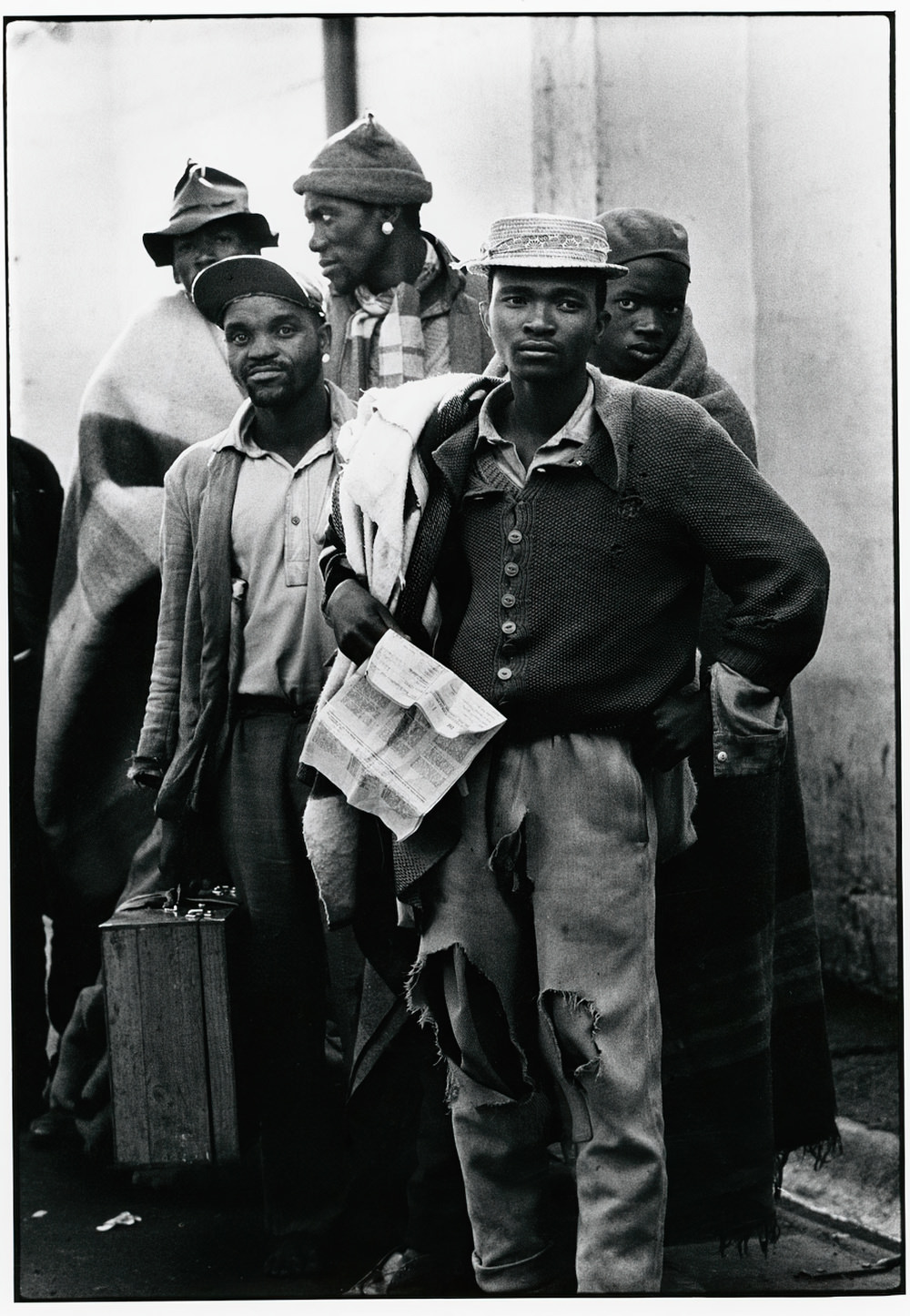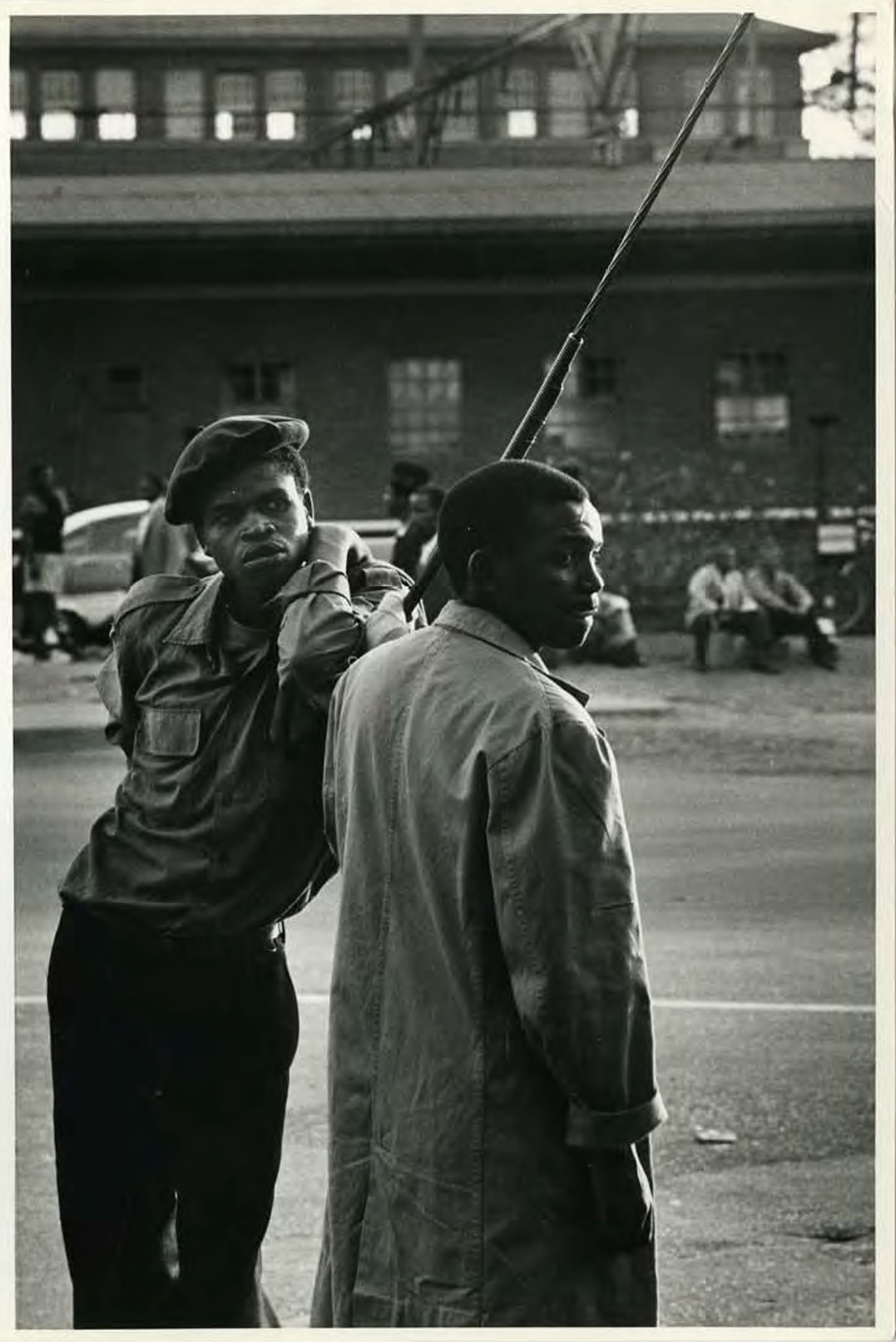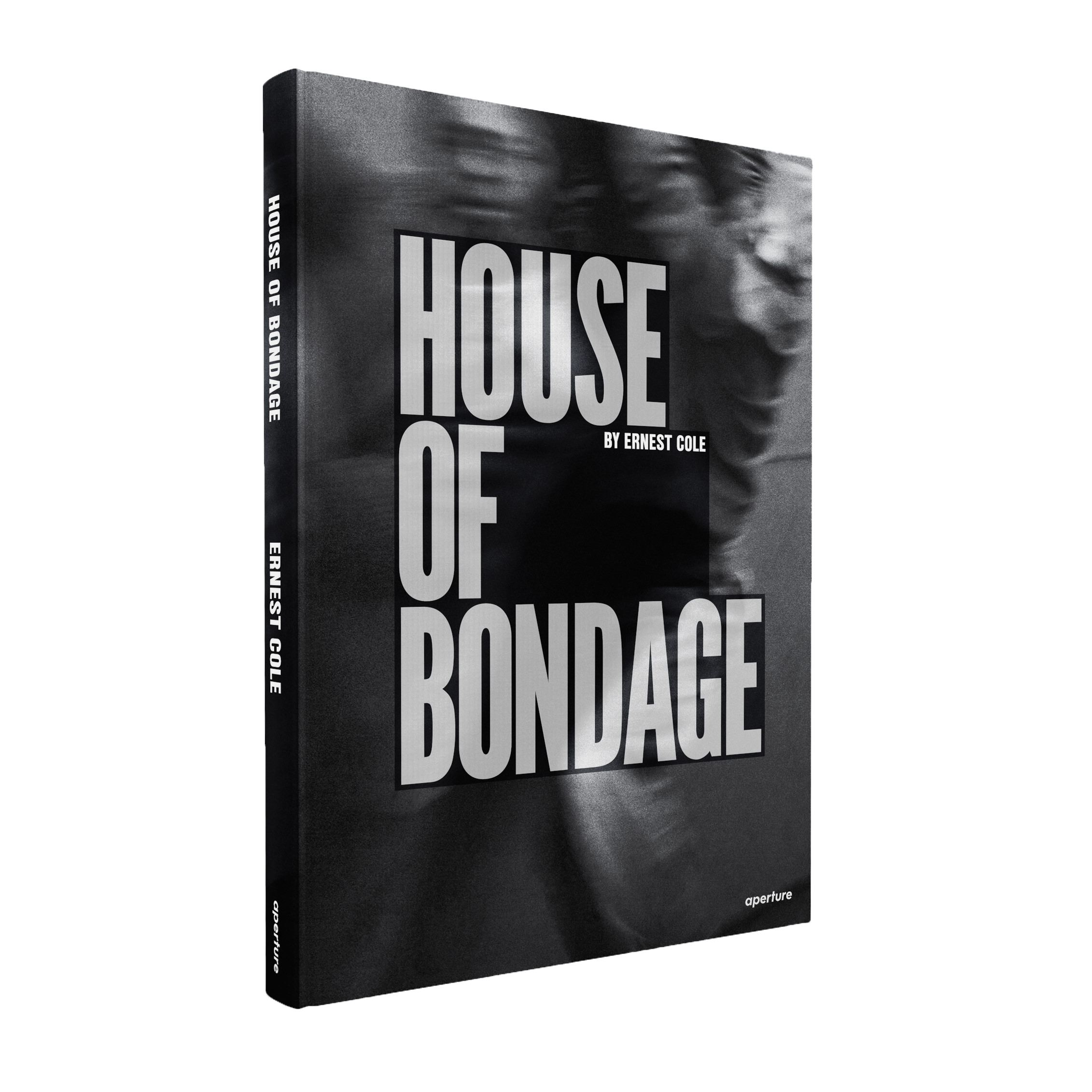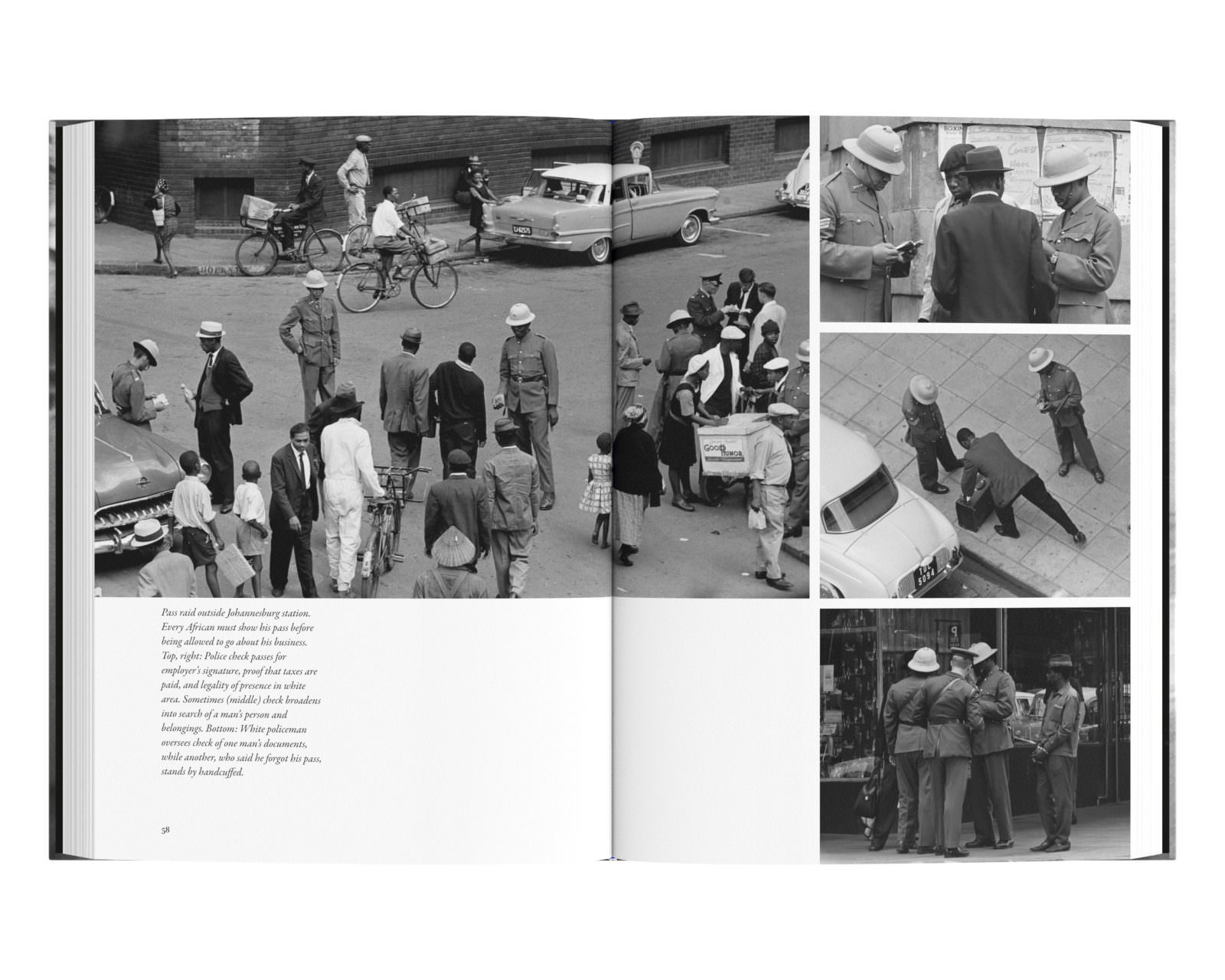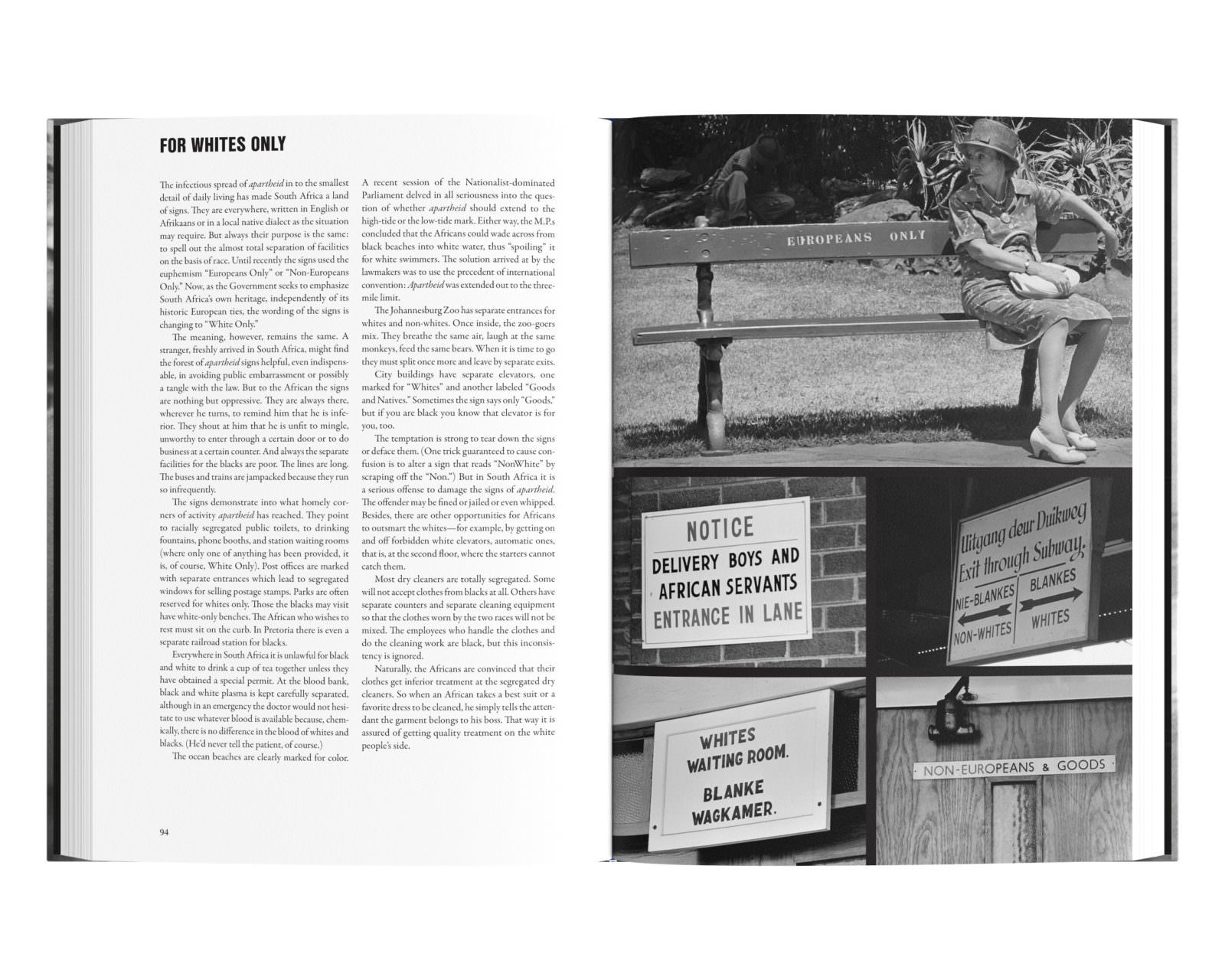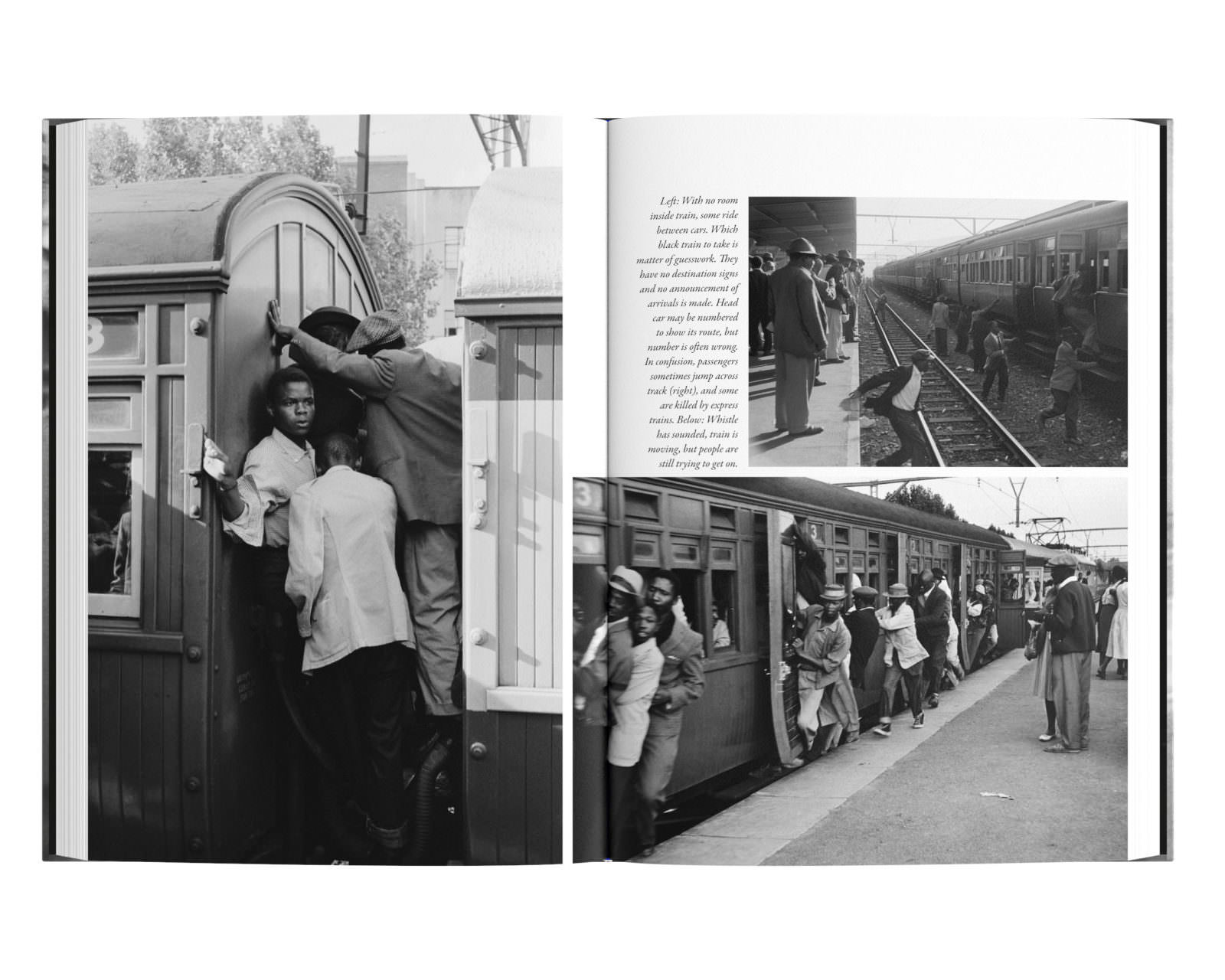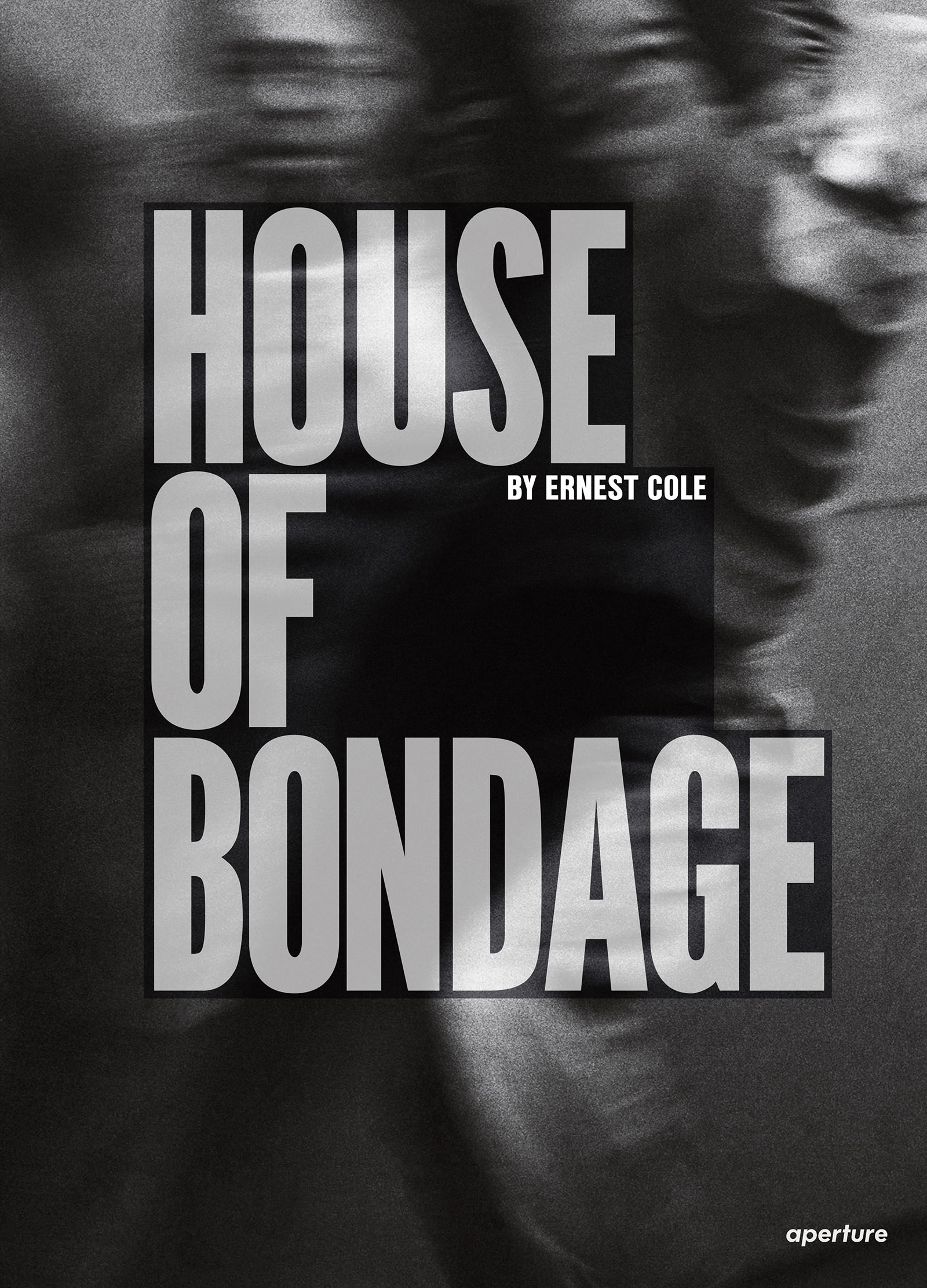Ernest Cole: House of Bondage
First published in 1967, Ernest Cole’s House of Bondage has been lauded as one of the most significant photobooks of the twentieth century, revealing the horrors of apartheid to the world for the first time and influencing generations of photographers around the globe. Reissued for contemporary audiences, this edition adds a chapter of unpublished work found in a recently resurfaced cache of negatives and recontextualizes this pivotal book for our time.
Cole, a Black South African man, photographed the underbelly of apartheid in the 1950s and ’60s, often at great personal risk. He methodically captured the myriad forms of violence embedded in everyday life for the Black majority under the apartheid system—picturing its miners, its police, its hospitals, its schools. In 1966, Cole fled South Africa and smuggled out his negatives; House of Bondage was published the following year with his writings and first-person account.
This edition retains the powerful story of the original while adding new perspectives on Cole’s life and the legacy of House of Bondage. It features an added chapter—compiled and titled “Black Ingenuity” by Cole—of never-before-seen photographs of Black creative expression and cultural activity taking place under apartheid.
Made available again nearly fifty-five years later, House of Bondage remains a visually powerful and politically incisive document of the apartheid era.
About the Author
Ernest Cole was born in South Africa’s Transvaal in 1940 and died in New York City in 1990. During his life he was known for only one book: House of Bondage – published in 1967. In 2011, the Hasselblad Foundation produced a follow-up: Ernest Cole: Photographer.
Cole’s early work chronicled the horrors of apartheid and in 1966 he fled the Republic of South Africa becoming a ‘banned person’. He was briefly associated with Magnum Photographers and received funding from the Ford Foundation and Time-Life. In North America, he concentrated on street photography in primarily urban settings.
Between 1969 and 1971, Cole spent an extensive amount of time on regular visits to Sweden where he became involved with the Tiofoto collective and exhibited his work. From 1972, Cole’s life fell into disarray and he ceased to work as a photographer, losing control of his archive and negatives in the process. Having experienced periods of homelessness, Cole died aged forty-nine of pancreatic cancer in 1990.
In 2017, more than 60,000 of Cole’s negatives missing for more than forty years were discovered in a Stockholm bank vault. This work is now being examined and catalogued.

